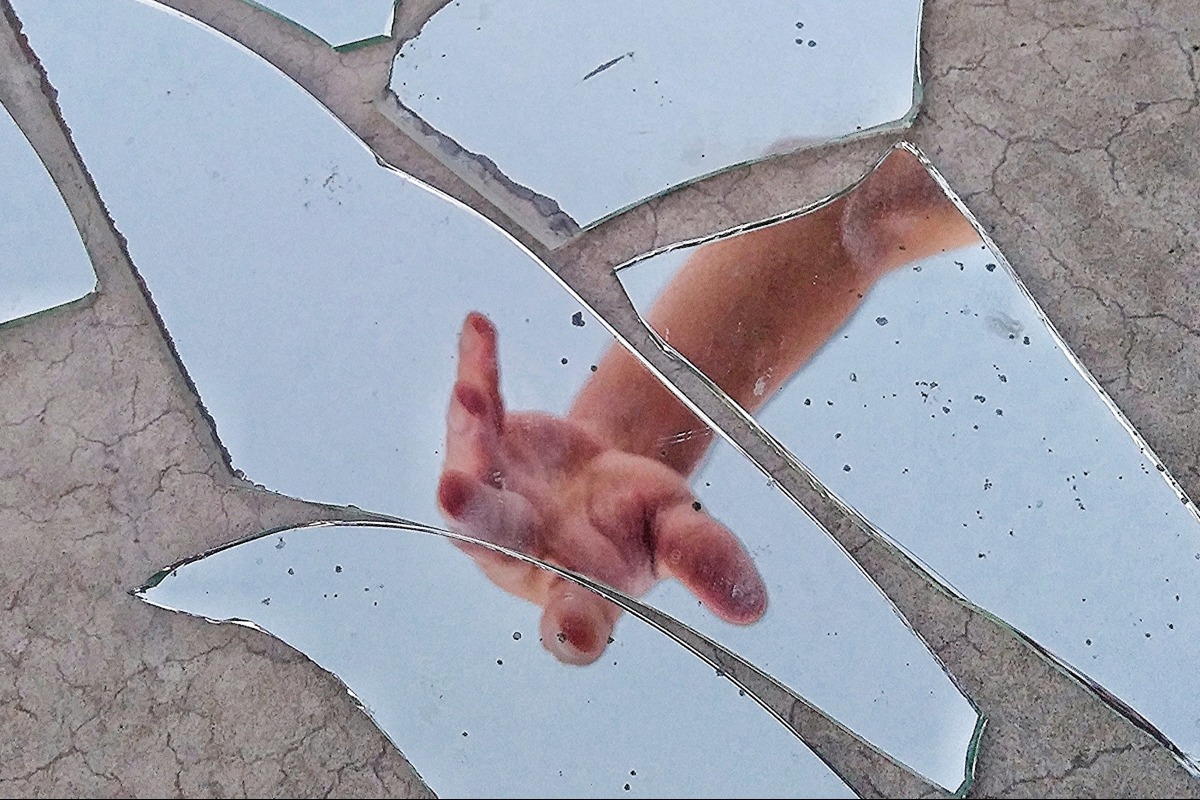
Body dysmorphia and eating disorders are two highly complex and intertwined mental health issues. They can both cause immense distress and suffering. Both can also affect an individual’s physical health, psychological well-being, and social functioning.
Body dysmorphia involves an intense preoccupation with perceived flaws in appearance, while eating disorders involve a disordered relationship with food. Together, they can both have serious impacts on an individual’s life. In order to treat and manage both conditions, it is important to understand the relationship between body dysmorphia and eating disorders.
Definition of Body Dysmorphia
Body dysmorphic disorder (BDD) is an excessive preoccupation with a perceived flaw in physical appearance, causing significant distress and functional impairment. While BDD may be diagnosed in anyone, it is more common among women and individuals who are more highly perfectionistic. BDD often focuses on the skin, hair, nose, or eyes but can also be focused on the face, teeth, legs, or stomach.
People with BDD are often dissatisfied with their appearance, even when no one else notices the perceived flaw. BDD can cause significant distress and interfere with daily functioning and quality of life. BDD often co-occurs with anxiety, depression, eating disorders, and obsessive-compulsive disorder (OCD).
Definition of Eating Disorders
Eating disorders are psychological conditions characterized by an unhealthy relationship with food and/or body image. They have serious physical and psychological consequences. Eating disorders are diagnosed more frequently in females than males. Anorexia nervosa and bulimia nervosa are more common in women, and binge eating disorders are more common in men.
Eating disorders are complex disorders. Many factors contribute to the development and maintenance of eating disorders, including genetic, environmental, and psychological factors. There is no single cause of eating disorders. However, there seems to be a common factor amongst many different individuals with eating disorders – the desire to control something in their lives that they have little control over.
How Body Dysmorphia and Eating Disorders are Related
BDD and eating disorders often co-occur with each other. While the link between BDD and eating disorders is well-established, the link between eating disorders and BDD remains less clear.
BDD and eating disorders can co-occur for a variety of reasons. Individuals with BDD are often dissatisfied with their appearance and therefore have heightened concern about their diet and eating habits, which can lead to an eating disorder. In other cases, dieting or certain eating habits can lead to BDD. In any case, BDD and eating disorders can exacerbate each other and make it more difficult to treat and manage both.
Body dysmorphia and eating disorders are complex mental health disorders that can have serious consequences for an individual’s well-being. It is important to recognize the complicated relationship between the two disorders and to acknowledge that treatment for both disorders will likely be more effective when tailored to address both disorders.
Body dysmorphia and eating disorders are complex mental health disorders that can have serious consequences for an individual’s well-being. The link between body dysmorphia and eating disorders is well-established. It is important to recognize the complicated relationship between the two disorders and acknowledge that treatment for both disorders will likely be more effective when tailored to address them simultaneously. The Guest House can help treat both conditions and help you further understand where these disorders come from. Call (855) 483-7800 for more information on treatment options.